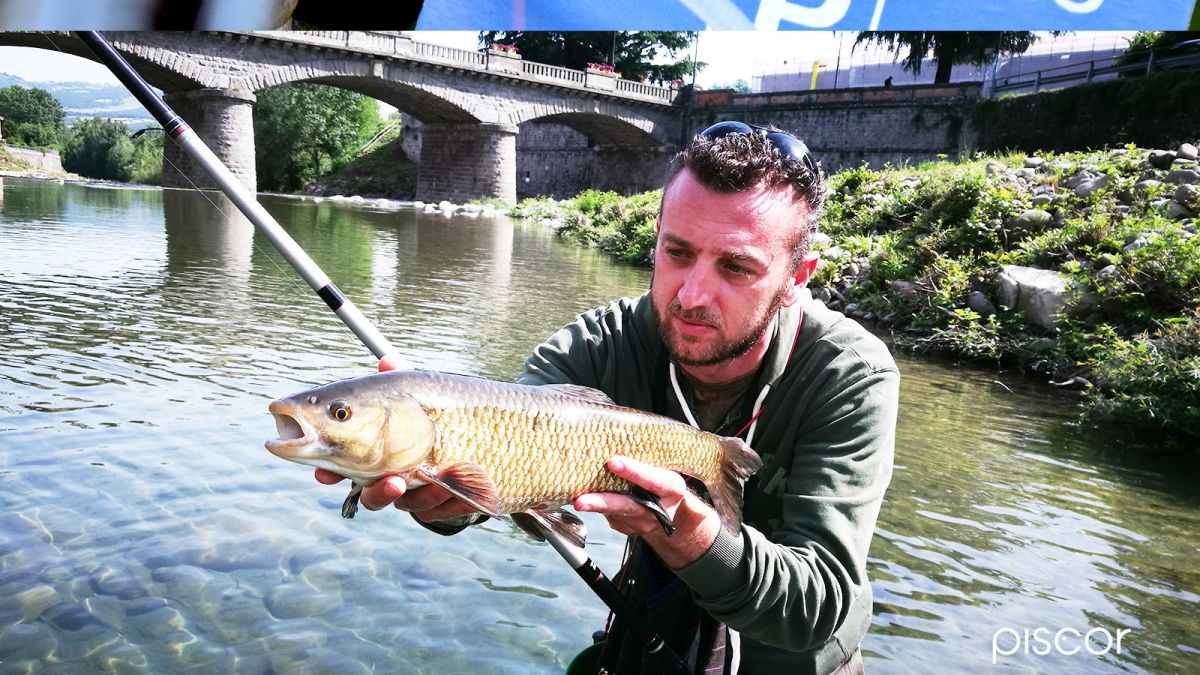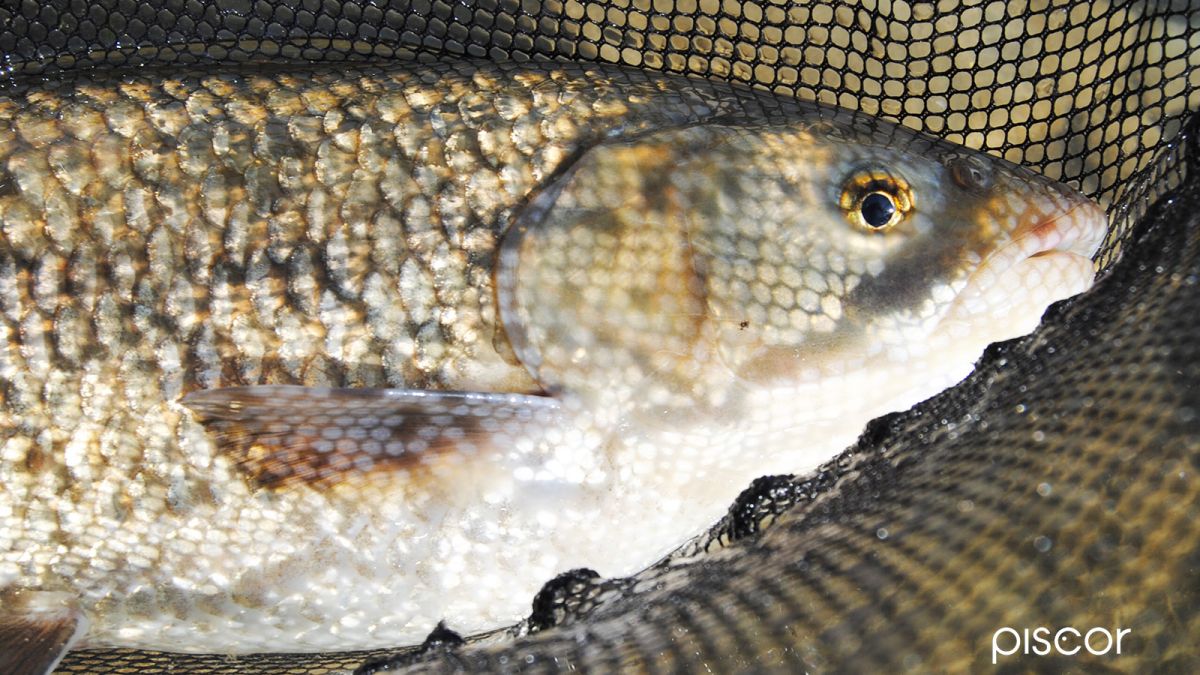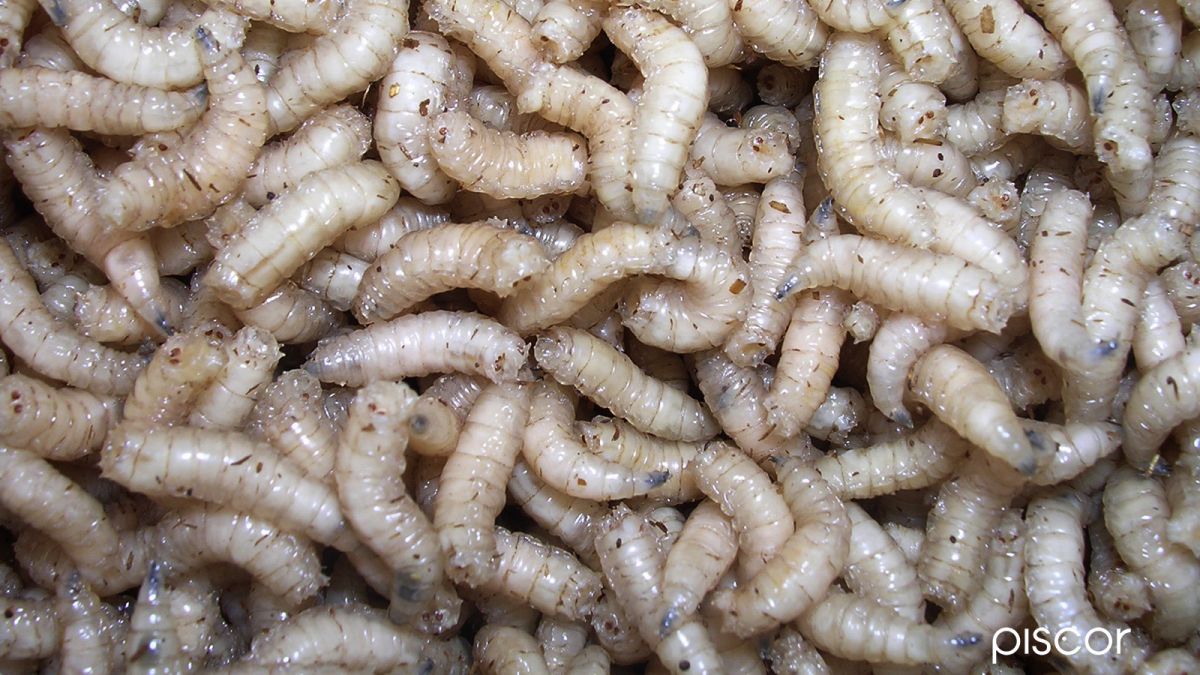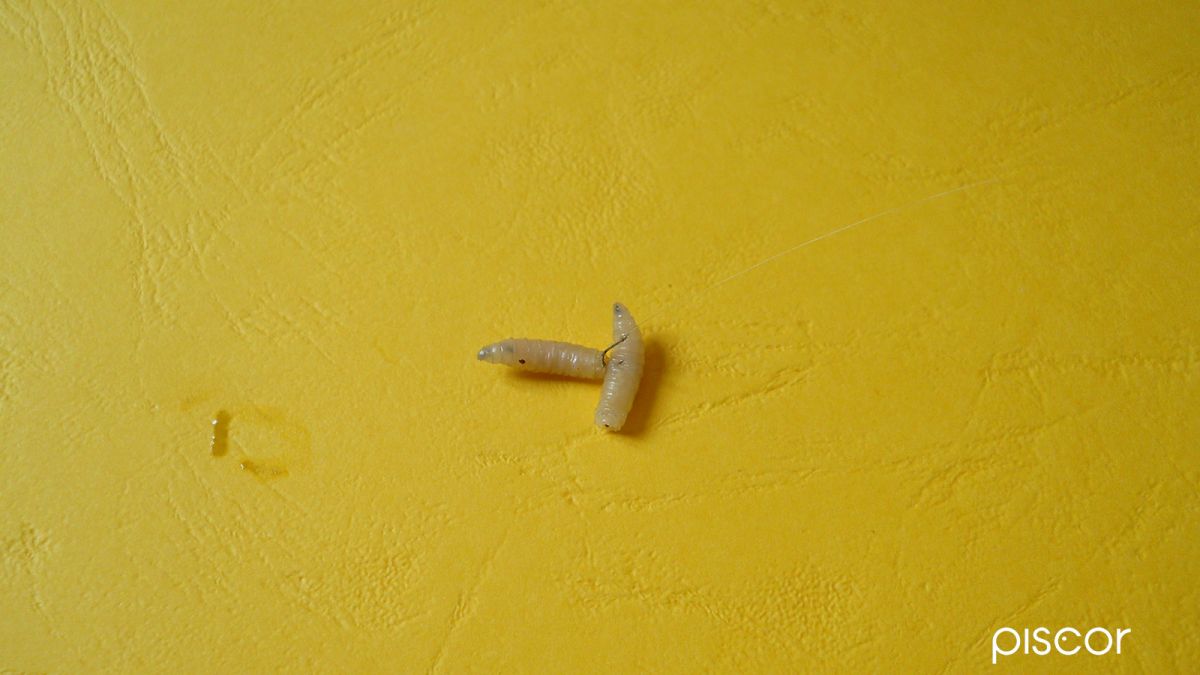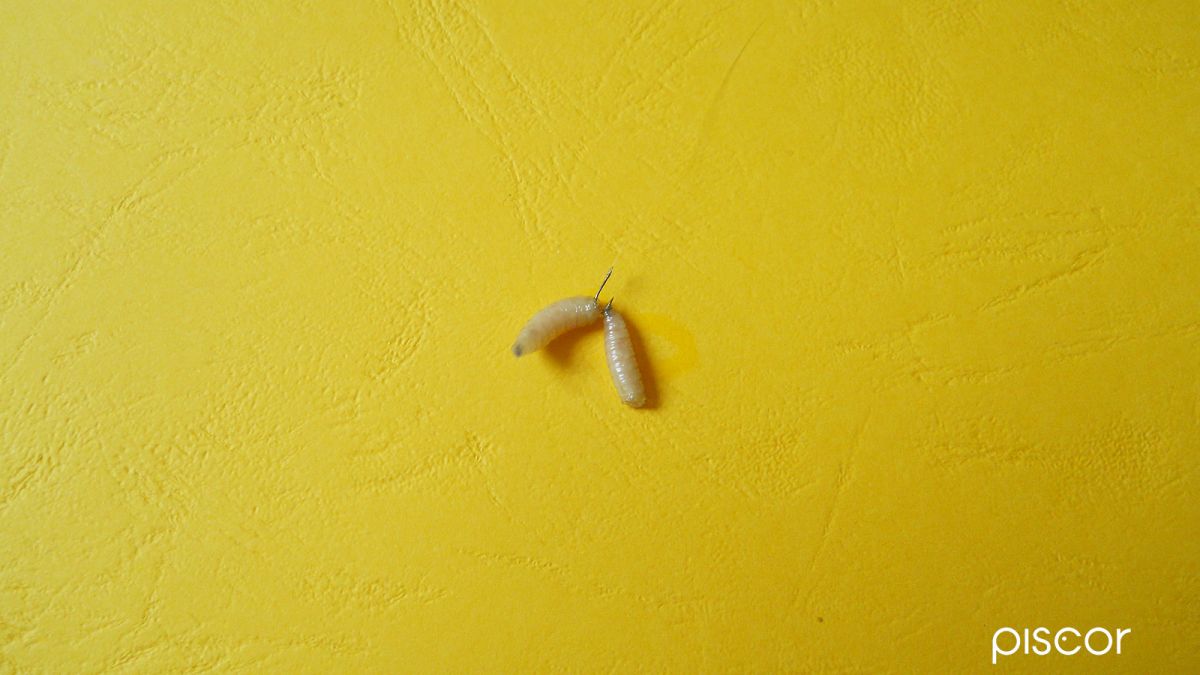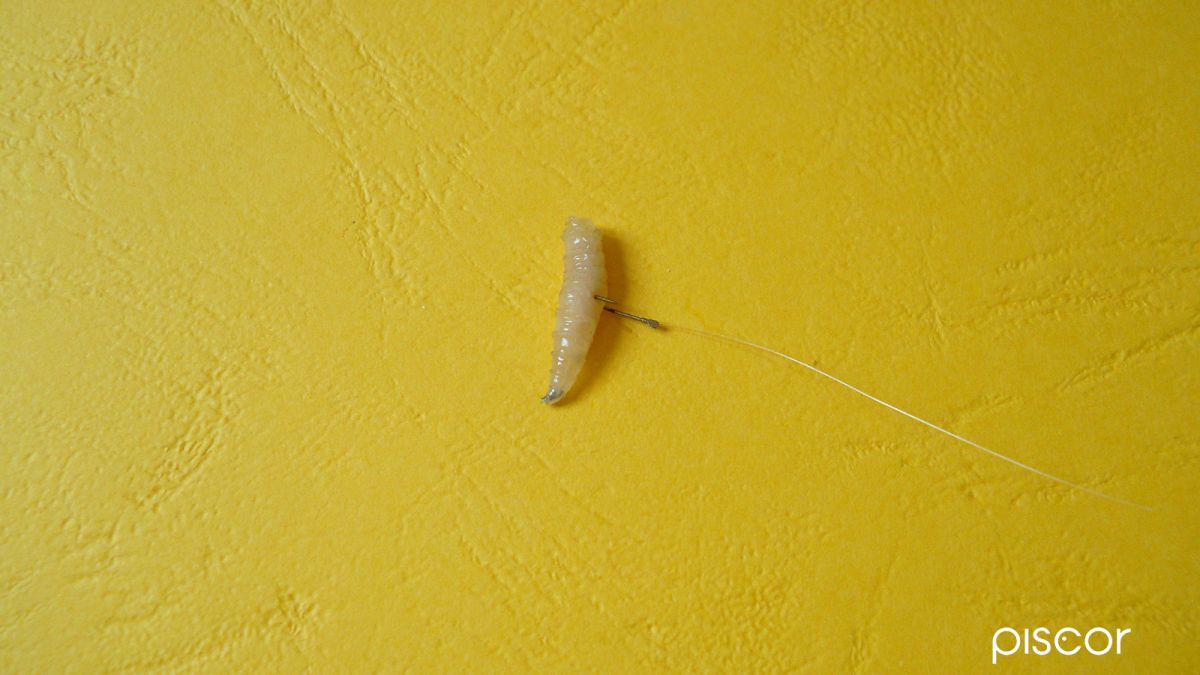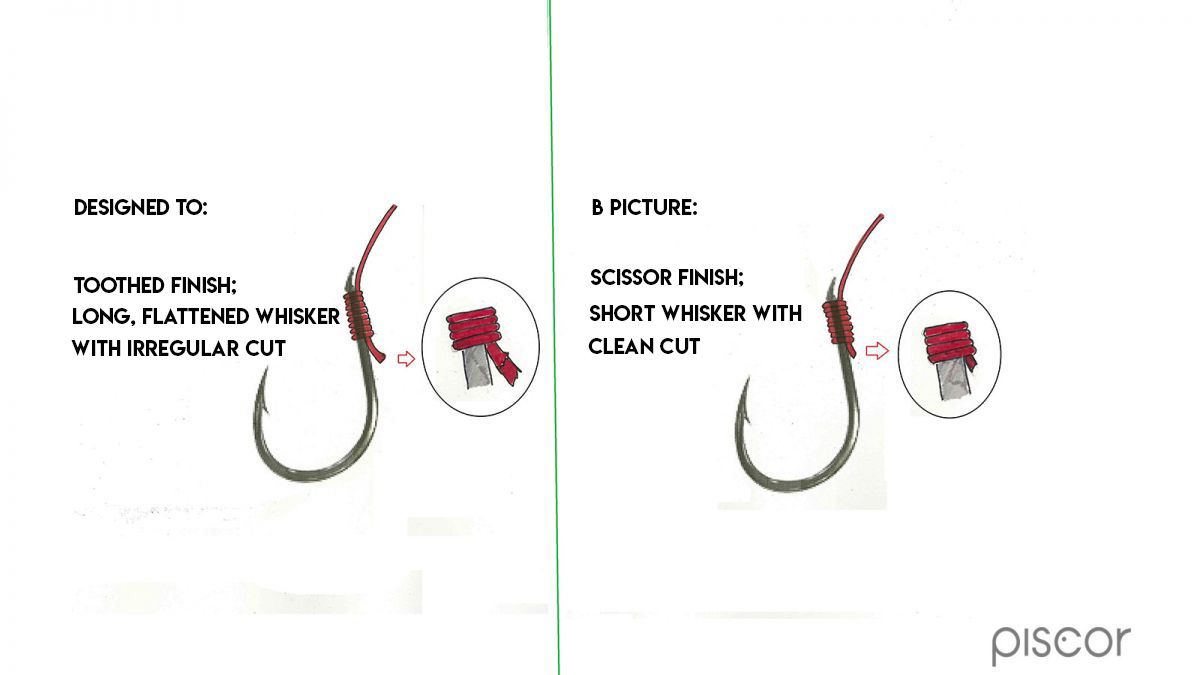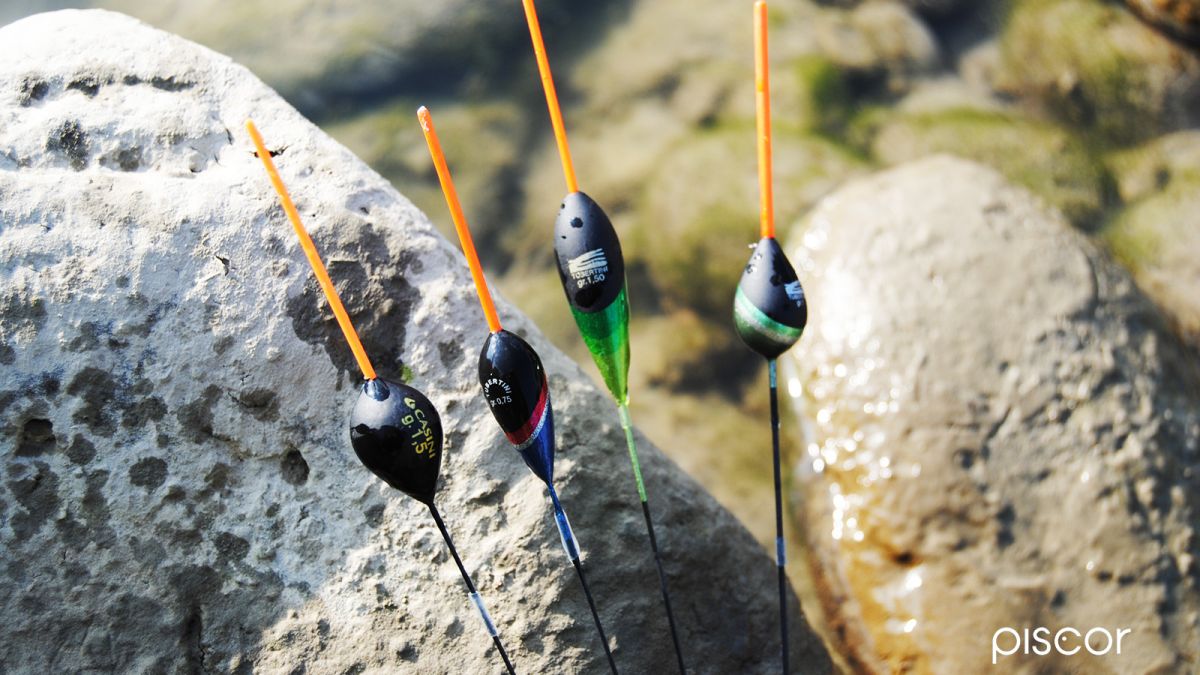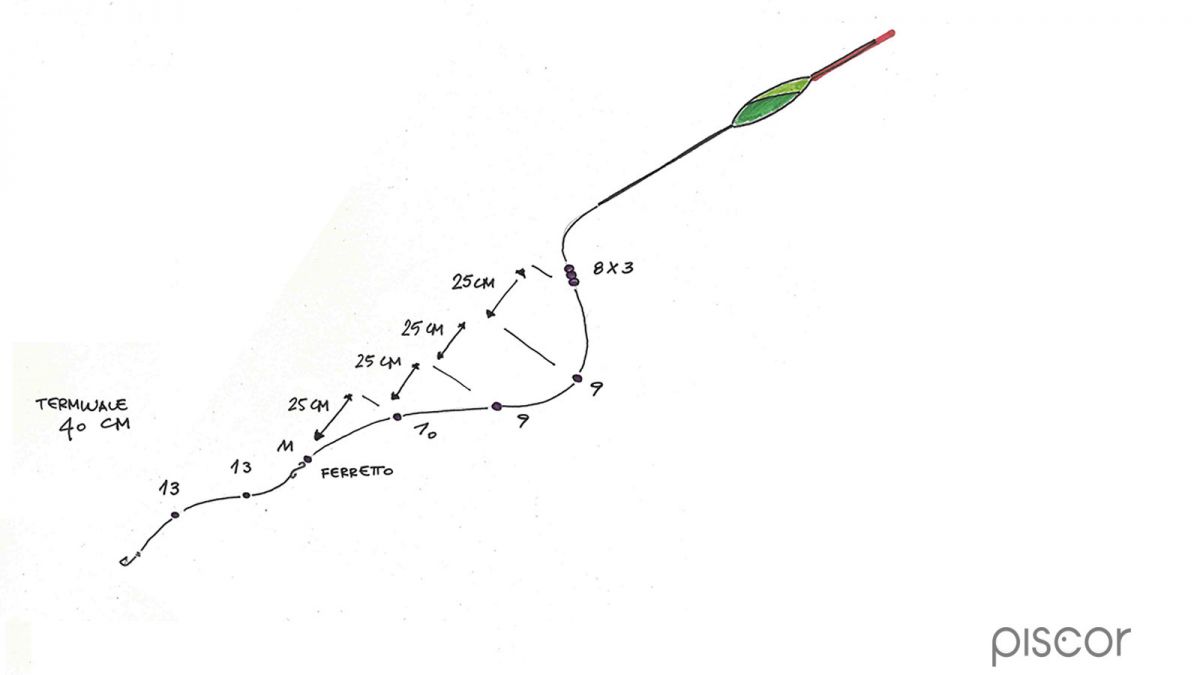During the late spring and summer period, torrential watercourses are at their best. The temperatures, now optimal, put the fish into activity thanks also to the falling levels, yes, but not too much.
Fishing the cyprirnids in these waters, especially the chub, means being ready to accept any compromise and to sharpen the ingenuity and refine the technique as much as possible.
These environments are the gyms with the exception of the fisherman who wants to improve more and more. Clear waters require precise and ultra-thin approaches.
Let's see together the most important aspects to ensure a fruitful day of fishing. First, however, a few words on how to deal with a troublesome seasonal allergy.
Allergy to maggot
The proliferation of allergies, both seasonal and non-seasonal, does not spare fishermen. Among the most hated, despicable and unbearable there is the maggot. For a fisherman this type of allergy is practically a drama.
The allergen in question is the substance produced by the larvae during the transformation into larvae, perceptible by the typical smell of ammonia.
Allergic manifestations can vary according to the sensitivity of the subject and range from the most classic and widespread, such as rhinitis, asthma, conjunctivitis, to others much more serious such as widespread epidermal reactions, rashes more or less severe or bronchial asthma.
The substance in question becomes more abundant the greater the movement of the maggot in relation to the outside temperature, obviously in summer the phenomenon reaches its top. Without going into the strictly medical field there are some tricks that can limit the allergic effects, let's see what they are.
CONSERVATION: let's keep the maggot in the cold as much as possible, even portable refrigerators can be useful for this purpose. When travelling by car we avoid to keep the bag inside the cockpit, hanging outside they give much less problems.
During fishing we do not keep the bag around our necks, the closer the larvae are to the respiratory tract the worse. Canvas bags with mesh bottom help to aerate the larvae and disperse the larvae.
LATEX GLOVES: they exclude contact reactions, which are recommended for handling large quantities of larvae (for example when gluing), but they are an impediment when there is a need to trigger, especially single larvae on small hooks.
MAIS LARGE: usually the larvae are supplied with sawdust which, although drying the larvae, is very volatile and therefore perfect to act as a vector for allergenic substances.
A good method is to buy sieved larvae and to proceed to a homemade "washing" that consists in leaving the larvae for a few minutes to soak in cold whole milk (about 300 cc for half a kg of larvae) shaking them continuously.
Then drain the larvae in a sieve and once again, put them in a dry container, spread them with corn flour (heavier than sawdust) and then sieve them again to remove the excess moist flour.
Finally, put the larvae in the bag with a little more cornmeal that will absorb the larvae produced while fishing. In this way you get a perfectly clean maggot and with the characteristic smell of cheese.
Once this is done, it is never a bad idea to use antihistamine tablets to be taken the evening before the session and to always have a spray bronchodilator and single-dose eye drops with you. A violent allergic reaction can ruin even the most perfect of fishing days.
Not just barb
In certain fishing techniques the use of barbless hooks is strongly recommended and this is beyond the fact that you are in a No Kill area where barb is prohibited.
The advantages are many, not least the guarantee to preserve a greater vitality of the maggot, liveliness that can be compromised, albeit not visibly, by the presence of the barb.
Trust that if this variation is not perceptible by the human eye it is perfectly perceptible by the eye of the chub, perhaps accustomed to a constant fishing pressure that exponentially increases the innate distrust and cunning.
The absence of the twisted catch on the tip of the hook can distort the mouth of many fishermen, but I am convinced that the security given by its presence is a purely psychological fact, the maggot does not slip especially if triggered with a minimum of expertise.
Usually the hooks used in this spot, for shape and size, accept only one larva, which is effective if triggered crosswise, points just under the skin in the middle of the body. In this position the presumed sliding is very difficult due to the way in which the maggot moves.
If the fishing conditions or depth suggest a double trigger can be overcome in two ways: by triggering the two maggots in opposite ways, the first from the tail and the second from the head, in this way the upward movement of the first blocks the sliding of the second.
Alternatively, you can trigger the two larvae, one higher, pinched at the tip by the thinnest part, the other triggered crosswise, taking care, first, to rub it for a few seconds, between the palm of the hand and the jeans.
This fast taxiing gives us a larva that is still alive, but is severely impaired in its movements, which acts as a natural "block" for the larva triggered at the top.
Tailor finishing
In areas where chub, as they say, know how to read and write, every little detail, even what may seem insignificant, helps to raise or lower the number of catches.
If the fishing does not turn in close contact with the bottom, where an eyelet hook can make sense, the knot that guarantees the greatest hold, if well executed, is the snelling, at least according to our experience.
The knot in question, among other things, precisely because of the way in which it is made, can also be made easily on microscopic hooks and very fine wires. Once you have correctly learned the rotation movement with the two fingers (ideal to do it with thumb and forefinger) you can effectively tie even a n.26 with 0.06.
When I speak of "tailor's finishing" I refer to how to perfect the knot or how to cut the excess part of the nylon exceeding the ligation. In a hurry, teeth are often used, especially on knots that do not directly affect the hook, such as the one connecting the underwire to the terminal.
Now, if you don't have the teeth of a white shark and your dentist hasn't filed your incisors like a beaver, you can be sure that the nylon, before being cut, is crushed.
It might be funny to talk about "crushed" on diameters less than 1 tenth of a millimeter, but what results is an irregular "rudder" that, however small, affects the movement of the larva in water.
It is therefore advisable to cut the nylon with a nail clipper or with a thin-pointed scissor used only for this purpose, in order not to ruin the steel wire.
The cut thus made, in addition to being closer to the suction of the coils than is done with the teeth, gives us a clean and clean cut that does not crush the diameter of the nylon and does not affect in any way the movement of the larva in water without any effect "keel".
Shot leads crown for lowering action
If the ideal conditions are not in place to float and consequently force the chub, with targeted feeding, to rise to the surface to feed wherever we want, our "nice rogues" have the tendency to occupy different bands throughout the hypothetical cone of depth of the spot.
On the handful of maggots it is easy to see the first cyprinids contending for the larvae in the first centimetres of water, but we can put a hand on the fire that there will be other chub, placed at different depths, ready to do the same thing.
A kind of mutual division of the languages of current to eat, including bottom.
Usually it happens when the current is not so impetuous as to quickly disperse the larvae and not even weak enough to allow the descent of the same more or less in the same point of the river. In these conditions it is useful to make a setting that produces a double effect, that is to intercept the fish in different bands of water, without giving up to fool some at sight until the current and visibility allow it.
It is a matter of using a 0.40 g float with a markedly tapered shape and a long carbon drift (very sensitive) as well as a long and thin antenna.
The long antenna allows a calibration set to different sensitivities (just a dot of 13 more or less) while the long drift facilitates the slow descent and spread of the line.
The bulk is very high and consists of three 8 dots, then at a distance of 25 cm, you put two 9 a 10 and an 11, the 11 is near the underwire that precedes a long terminal on which are stapled equidistant two 13 dots with the lowest that can be moved to adjust the speed of descent of the larva triggered.
The setting operates under a slow current condition typical of the initial part of the hole or at the beginning of a water turn under an obstacle.
Just look at the larva as far as possible and then check the antenna until the trigger breaks between the pebbles of the bottom at the end of the fishing session. In these circumstances the attack, as said, can take place at any time and we can exploit the past to 100% of its potential.

